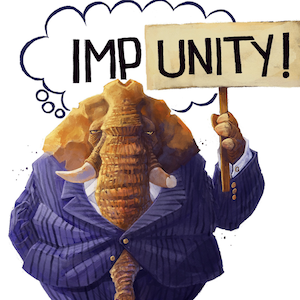What are tactical nuclear weapons? An international security expert explains and assesses what they mean for the war in Ukraine
Published in Political News
Russia has updated its delivery systems to be able to carry either nuclear or conventional bombs. There is heightened concern over these dual capability delivery systems because Russia has used many of these short-range missile systems, particularly the Iskander-M, to bombard Ukraine.
Tactical nuclear weapons are substantially more destructive than their conventional counterparts even at the same explosive energy. Nuclear explosions are more powerful by factors of 10 million to 100 million than chemical explosions, and leave deadly radiation fallout that would contaminate air, soil, water and food supplies, similar to the disastrous Chernobyl nuclear reactor meltdown in 1986. The interactive simulation site NUKEMAP by Alex Wellerstein depicts the multiple effects of nuclear explosions at various yields.
Unlike strategic nuclear weapons, tactical weapons are not focused on mutually assured destruction through overwhelming retaliation or nuclear umbrella deterrence to protect allies. While tactical nuclear weapons have not been included in arms control agreements, medium-range weapons were included in the now-defunct Intermediate-range Nuclear Forces treaty (1987-2018), which reduced nuclear weapons in Europe.
Both the U.S. and Russia reduced their total nuclear arsenals from about 19,000 and 35,000 respectively at the end of the Cold War to about 3,700 and 4,480 as of January 2022. Russia’s reluctance to negotiate over its nonstrategic nuclear weapons has stymied further nuclear arms control efforts.
The fundamental question is whether tactical nuclear weapons are more “useable” and therefore could potentially trigger a full-scale nuclear war. Their development was part of an effort to overcome concerns that because large-scale nuclear attacks were widely seen as unthinkable, strategic nuclear weapons were losing their value as a deterrent to war between the superpowers. The nuclear powers would be more likely to use tactical nuclear weapons, in theory, and so the weapons would bolster a nation’s nuclear deterrence.
Yet, any use of tactical nuclear weapons would invoke defensive nuclear strategies. In fact, then-Secretary of Defense James Mattis notably stated in 2018: “I do not think there is any such thing as a tactical nuclear weapon. Any nuclear weapon use any time is a strategic game changer.”
The U.S. has criticized Russia’s nuclear strategy of escalate to de-escalate, in which tactical nuclear weapons could be used to deter a widening of the war to include NATO.
While there is disagreement among experts, Russian and U.S. nuclear strategies focus on deterrence, and so involve large-scale retaliatory nuclear attacks in the face of any first-nuclear weapon use. This means that Russia’s threat to use nuclear weapons as a deterrent to conventional war is threatening an action that would, under nuclear warfare doctrine, invite a retaliatory nuclear strike if aimed at the U.S. or NATO.
I believe Russian use of tactical nuclear weapons in Ukraine would not achieve any military goal. It would contaminate the territory that Russia claims as part of its historic empire and possibly drift into Russia itself. It would increase the likelihood of direct NATO intervention and destroy Russia’s image in the world.
Putin aims to deter Ukraine’s continued successes in regaining territory by preemptively annexing regions in the east of the country after holding staged referendums. He could then declare that Russia would use nuclear weapons to defend the new territory as though the existence of the Russian state were threatened. But I believe this claim stretches Russia’s nuclear strategy beyond belief.
Putin has explicitly claimed that his threat to use tactical nuclear weapons is not a bluff precisely because, from a strategic standpoint, using them is not credible. In other words, under any reasonable strategy, using the weapons is unthinkable and so threatening their use is by definition a bluff.
This article is republished from The Conversation, an independent nonprofit news site dedicated to sharing ideas from academic experts. It was written by: Nina Srinivasan Rathbun, USC Dornsife College of Letters, Arts and Sciences. The Conversation has a variety of fascinating free newsletters.
Read more:
Would Putin use nuclear weapons? An arms control expert explains what has and hasn’t changed since the invasion of Ukraine
Russia is sparking new nuclear threats – understanding nonproliferation history helps place this in context
Nina Srinivasan Rathbun does not work for, consult, own shares in or receive funding from any company or organization that would benefit from this article, and has disclosed no relevant affiliations beyond their academic appointment.







Comments